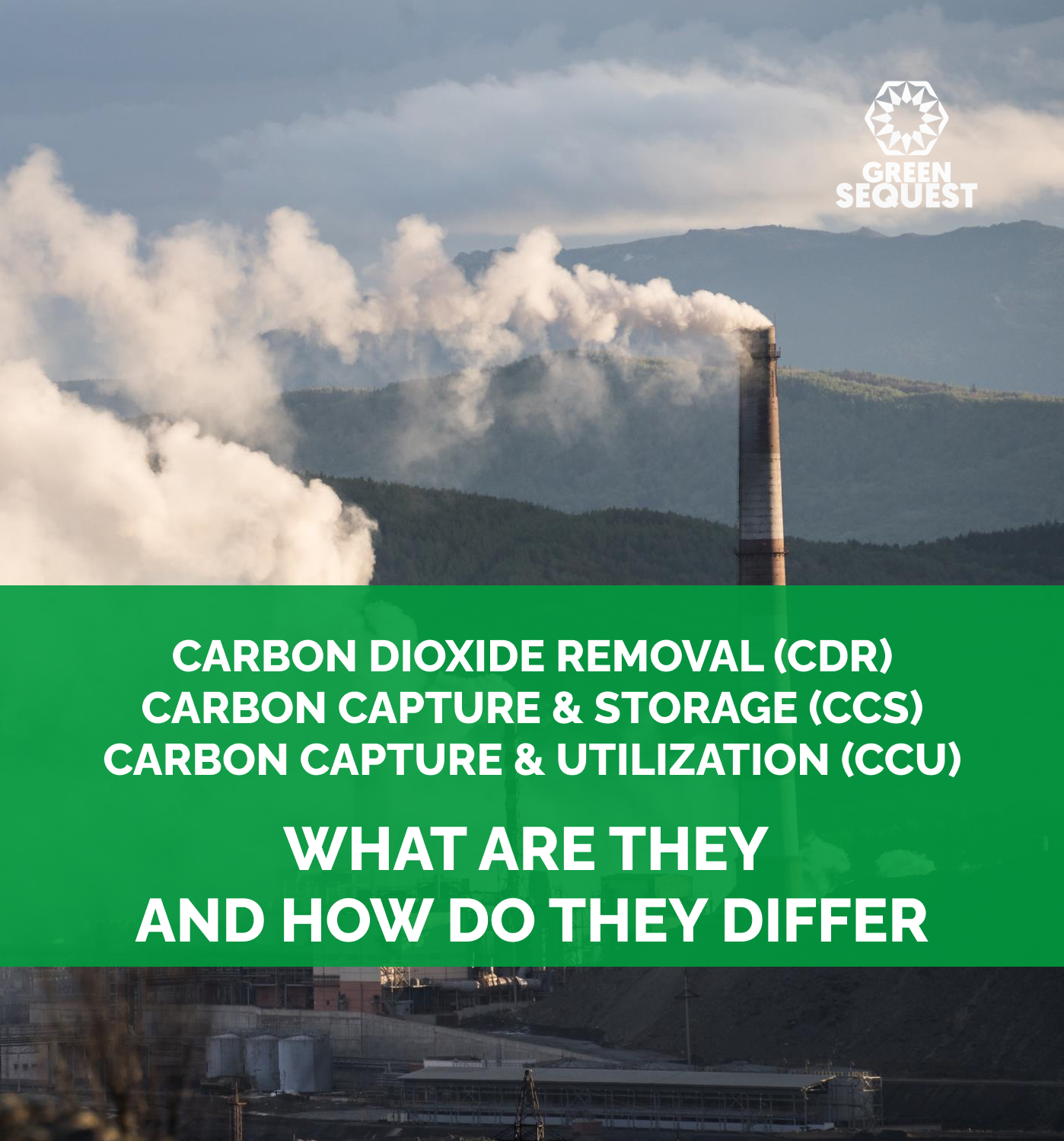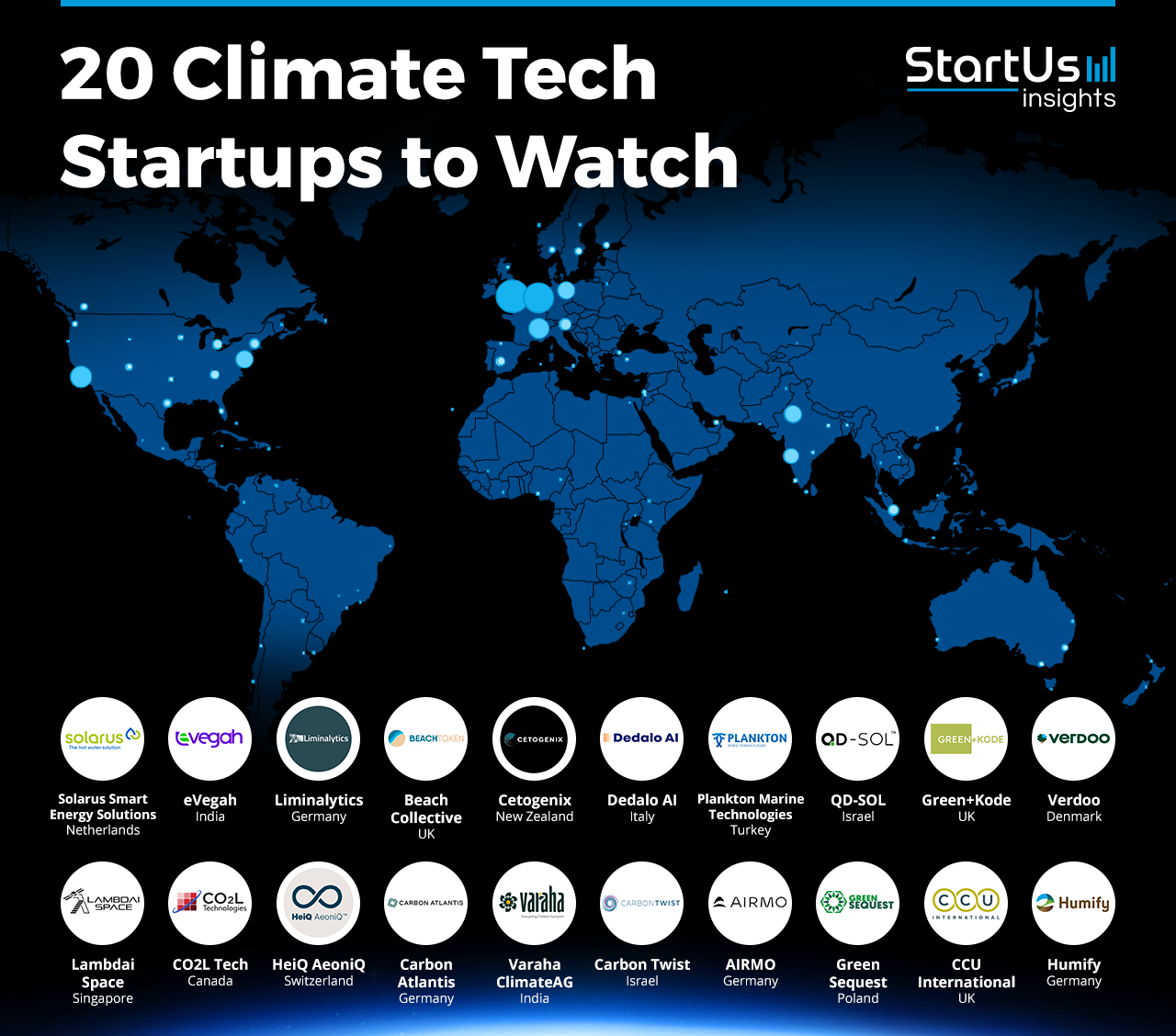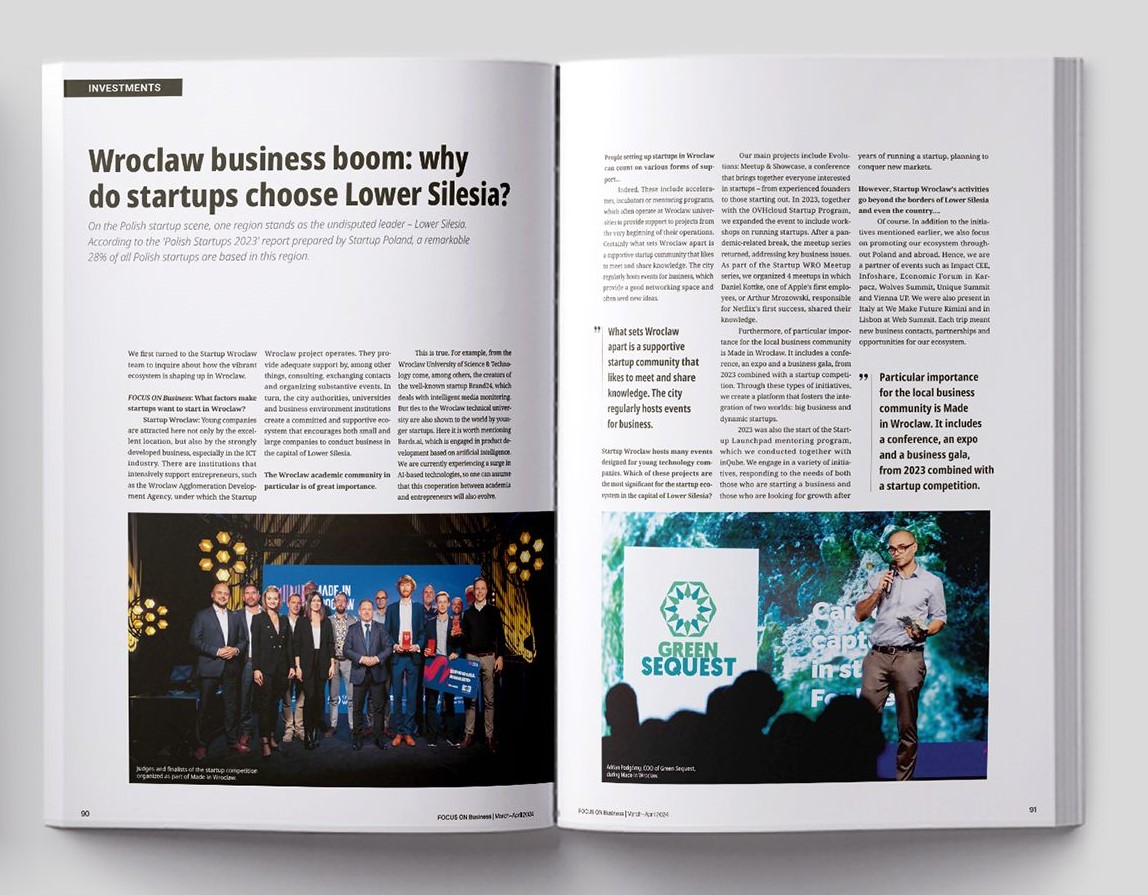CDR, CCS, and CCU are abbreviations that often appear in the context of combating climate change. All three approaches, namely Carbon Dioxide Removal, Carbon Capture & Storage, and Carbon Capture & Utilization, play a crucial role in this fight. These terms are often associated with each other, so it’s worth highlighting their differences. There are significant distinctions between CDR, CCS, and CCU in terms of the source of captured CO2, its purpose, and its impact on the climate! Understanding these differences is important because each of these approaches has its own applications and potential in the battle against climate change.
▶ CARBON DIOXIDE REMOVAL (CDR) is a group of methods that remove CO2 that has already been emitted into the atmosphere. Enhanced Rock Weathering, which we focus on at Green Sequest, belongs to this very group. CDR can be divided into:
-Permanent methods (storing CO2 for over 100 years), e.g., Enhanced Rock Weathering or Direct Air Capture and Storage.
-Short-term methods (below 100 years), e.g., Afforestation/Reforestation or Soil Carbon Sequestration.
▶ CARBON CAPTURE & STORAGE (CCS) are methods that reduce emissions from industrial sources (e.g., steel or cement production). Captured CO2 is then transported and stored in geological formations. CCS does not remove CO2 that is already in the atmosphere.
▶ CARBON CAPTURE & UTILIZATION (CCU) is a group of method similar to CCS: carbon dioxide is first captured from emission sources. The next step is not to store it but to reuse it in industry.








